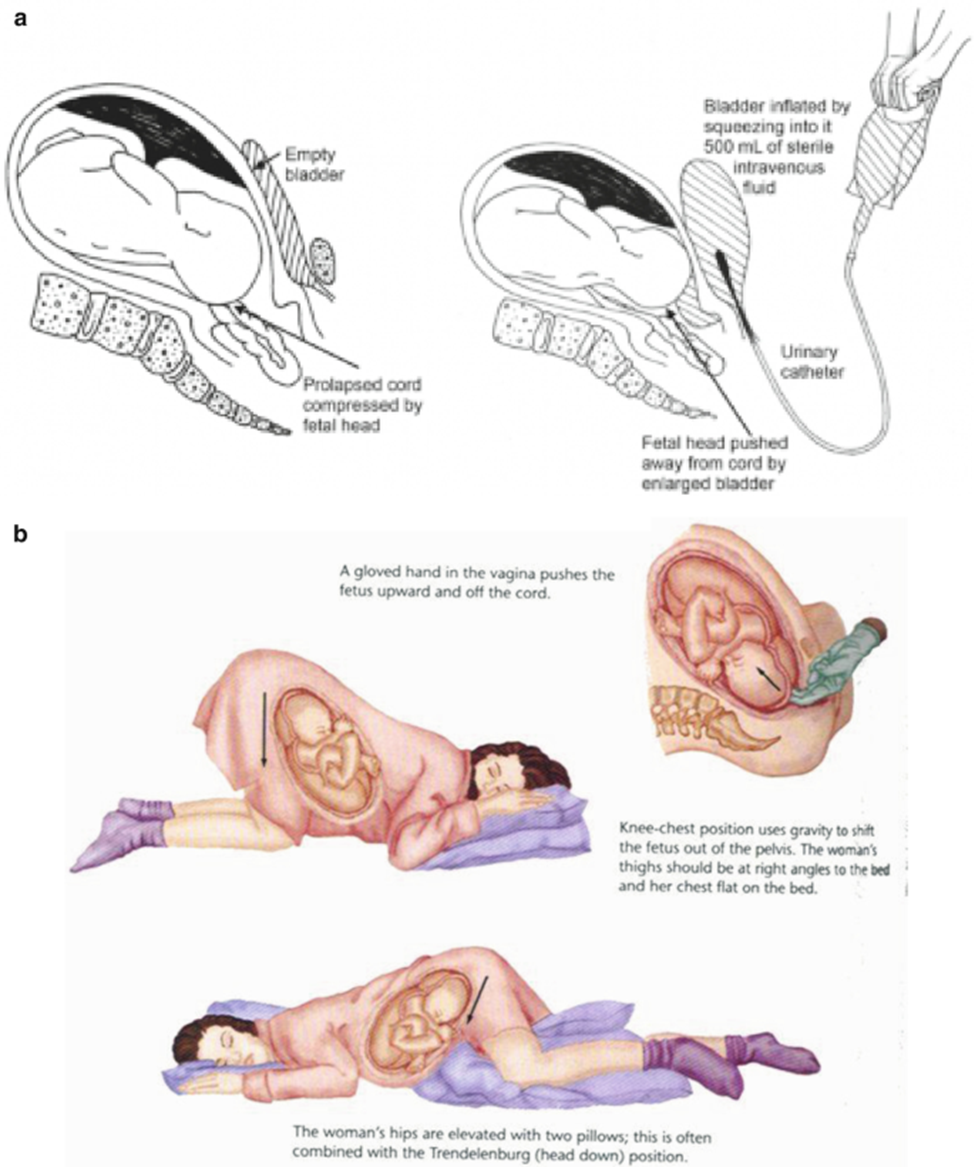A nurse in labor and delivery is caring for a client. Following delivery of the placenta, the nurse examines the umbilical cord. Which of the following vessels should the nurse expect to observe in the umbilical cord?
Two arteries and one vein
Two veins and one artery
One artery and one vein
Two arteries and two veins
The Correct Answer is A
The correct answer is A. Two arteries and one vein.
A. Two arteries and one vein is the typical composition of the umbilical cord vessels. The umbilical arteries carry deoxygenated blood and waste products away from the fetus, while the umbilical vein carries oxygenated blood and nutrients to the fetus.
B. Two veins and one artery is not the usual configuration of the umbilical cord vessels. The presence of two veins is atypical.
C. One artery and one vein is an abnormal finding and may be associated with certain congenital anomalies or fetal abnormalities. This configuration is not the norm.
D. Two arteries and two veins is not a standard or physiological composition of the umbilical cord. The typical configuration is two arteries and one vein.
Nursing Test Bank
Naxlex Comprehensive Predictor Exams
Related Questions
Correct Answer is ["{"A":{"answers":"A"},"B":{"answers":"A"},"C":{"answers":"A"},"D":{"answers":"A"},"E":{"answers":"A"}}"]
Explanation
A. Apply oxygen at 10 L/min via venturi mask:
Anticipated: Applying oxygen is an appropriate action, especially during labor, to ensure adequate oxygenation for both the mother and the fetus.
B. Increase the oxytocin infusion to 13 mu/min:
Anticipated: Adjusting the oxytocin infusion rate may be considered based on the progress of labor and the response to the current infusion rate. This action is anticipated but should be done cautiously and in accordance with established protocols.
C. Initiate a bolus of primary IV fluids:
Anticipated: Initiating a bolus of primary IV fluids is appropriate, especially if there are signs of dehydration or if additional hydration is needed during labor.
D. Perform a sterile vaginal examination (SVE):
Anticipated: Performing a sterile vaginal examination is appropriate to assess cervical dilation, effacement, and station. This information helps in monitoring the progress of labor and making decisions about interventions.
E. Place the client in a side-lying position:
Anticipated: Placing the client in a side-lying position is an appropriate action. This position can enhance fetal oxygenation and blood flow, especially if there are concerns about fetal well-being.
Correct Answer is C
Explanation
The correct answer is C. Insert a gloved hand into the vagina to relieve pressure on the cord.
A. Covering the cord with a sterile, moist saline dressing is a potential action, but relieving pressure on the cord takes precedence. This can be done by manually elevating the presenting part of the fetus off the cord.
B. Placing the client in a knee-chest position may be recommended after taking the immediate action of relieving pressure on the cord. Elevating the hips may help reduce cord compression.
C. Inserting a gloved hand into the vagina to relieve pressure on the cord is the priority action.
By manually lifting the presenting part off the cord, the nurse can help restore blood flow to the fetus and prevent umbilical cord compression.
D. Preparing the client for an immediate birth may be necessary, but the immediate action to relieve pressure on the cord should be performed first. The healthcare provider will determine the need for urgent delivery based on the clinical situation.

Whether you are a student looking to ace your exams or a practicing nurse seeking to enhance your expertise , our nursing education contents will empower you with the confidence and competence to make a difference in the lives of patients and become a respected leader in the healthcare field.
Visit Naxlex, invest in your future and unlock endless possibilities with our unparalleled nursing education contents today
Report Wrong Answer on the Current Question
Do you disagree with the answer? If yes, what is your expected answer? Explain.
Kindly be descriptive with the issue you are facing.
